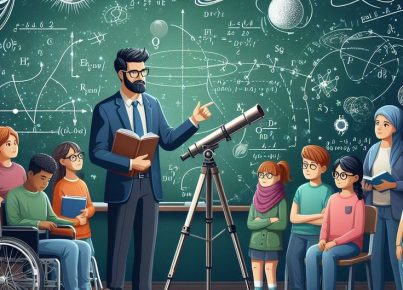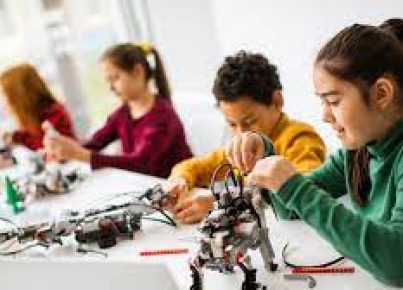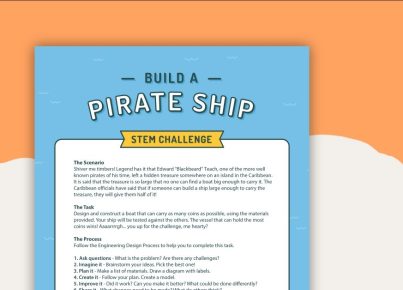The integration of Science, Technology, Engineering, Arts, and Mathematics (STEAM) into educational curricula is foundational in preparing students for 21st-century careers. STEAM teaching resources are vital for educators who wish to incorporate these interdisciplinary approaches to their teaching methods. These resources often include interactive tools, lesson plans, project-based learning activities, and real-world problem-solving scenarios.
One key resource is the National Science Teaching Association (NSTA), which provides a host of resources including webinars, classroom activities, and lesson planning guides specific to STEAM subjects. Teachers can find age-appropriate experiments and demonstrations that align with state standards and current scientific research.
Technology-based resources such as Code.org offer coding lessons for all grade levels. Coding skills are invaluable in today’s digital world and introduce logical thinking and problem-solving in a fun format for students.
For engineering, the Teach Engineering Digital Library is an excellent resource that provides lesson plans and activities designed by teachers and engineers. Projects like designing bridges or exploring renewable energy sources allow students to apply mathematical concepts practically and creatively.
The arts component of STEAM is covered by organizations like The Kennedy Center’s ArtsEdge program, which offers multimedia resources to help integrate the arts across various disciplines. This fusion encourages innovation by adding design elements to STEM projects.
Mathematics resources can be found through the National Council of Teachers of Mathematics (NCTM). They provide interactive tools and detailed lesson plans focusing on mathematical modeling, data analysis, and more complex mathematical concepts required in STEAM applications.
For cross-disciplinary materials, websites like STEMworks and TeachThought provide comprehensive databases of curriculum units that fuse multiple STEAM components together. These materials often encourage collaboration among students to solve complex problems simulating real-world situations.
In addition to these organizations, many educational tech companies have developed apps like Tinkercad for 3D design or educational platforms such as Khan Academy that offer tutorials on subjects ranging from basic arithmetic to advanced computational science.
Furthermore, professional development courses for educators specializing in STEAM are offered by universities such as the Massachusetts Institute of Technology (MIT) through their online platform MITx. These courses augment teachers’ knowledge with cutting-edge information on incorporating technology and collaborative practices into their classrooms.
Finally, participation in national initiatives such as the Hour of Code during Computer Science Education Week or regional robotics competitions can provide both educators and students with practical experience and inspiration through hands-on learning environments.
The abundance of STEAM teaching resources supports educators in crafting diverse learning experiences that are engaging, applicable to real-world issues, and formative for future academic pursuits or careers in these crucial fields. With an emphasis on innovation and cross-disciplinary connection, these resources empower teachers to bring STEAM concepts alive in the classroom.





